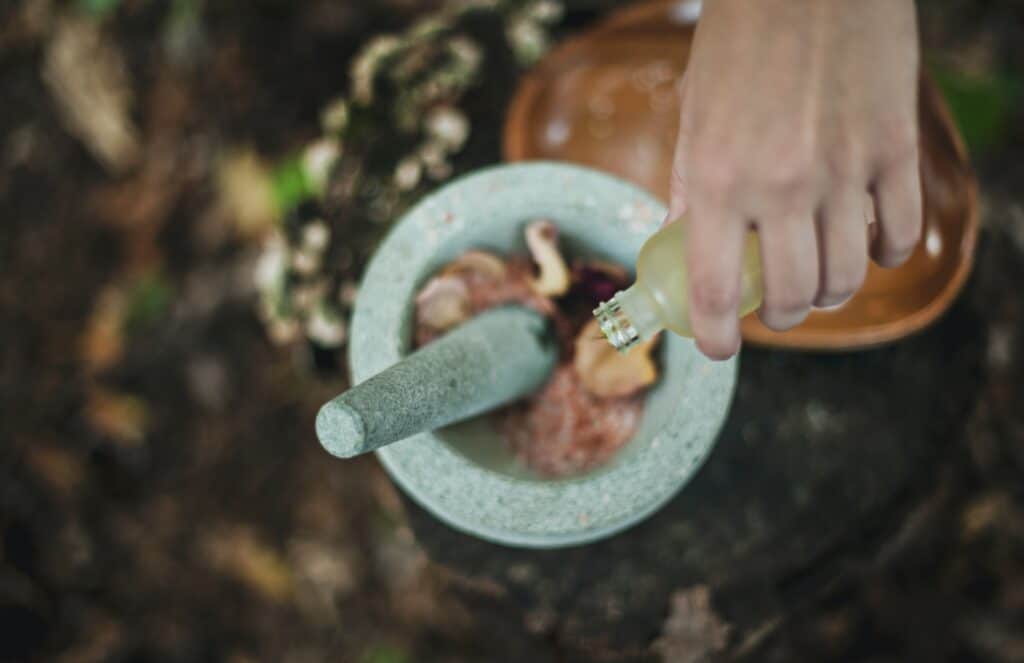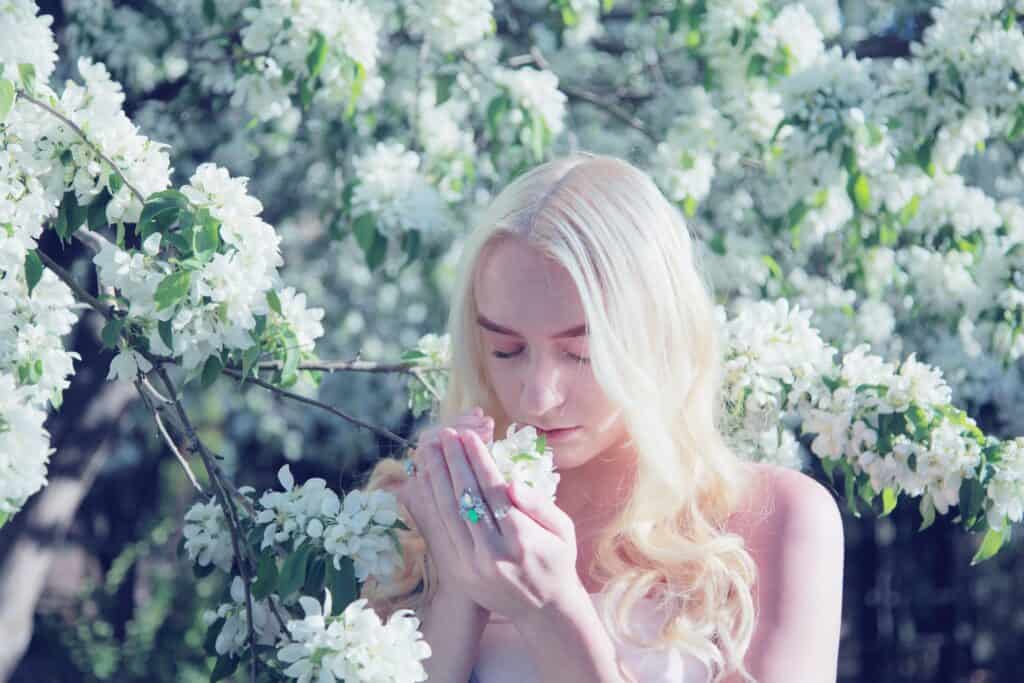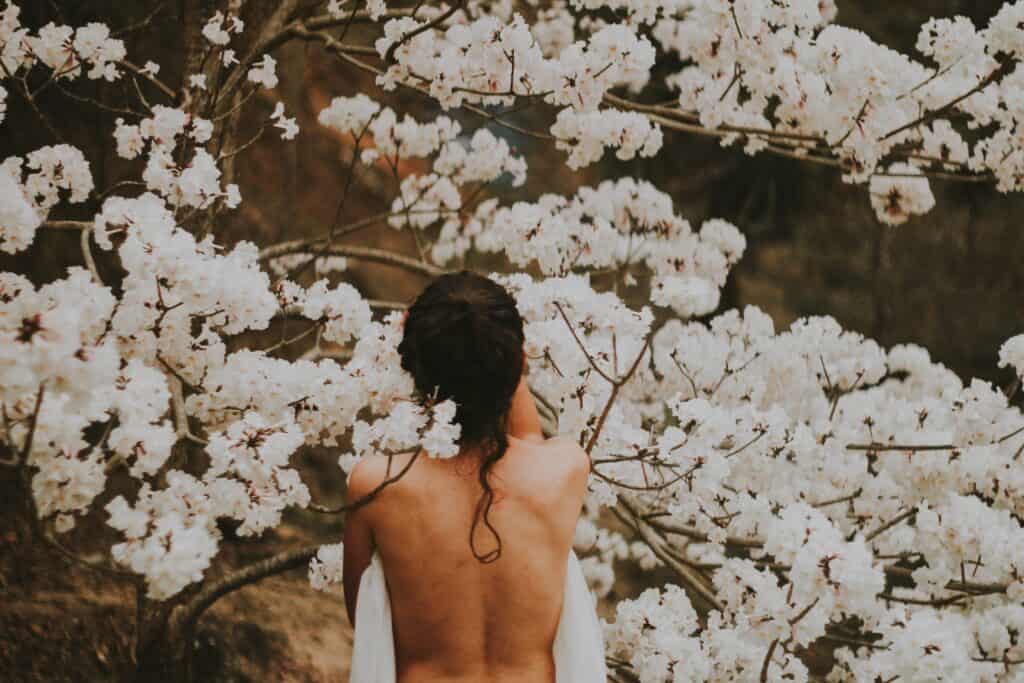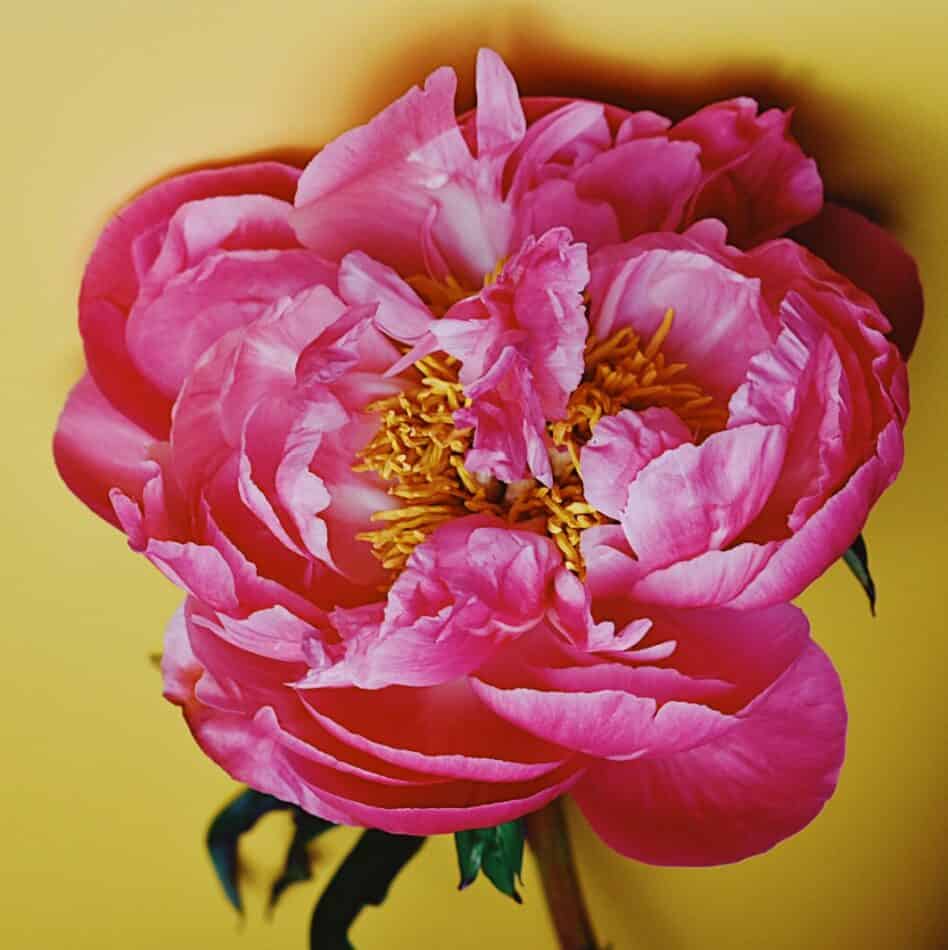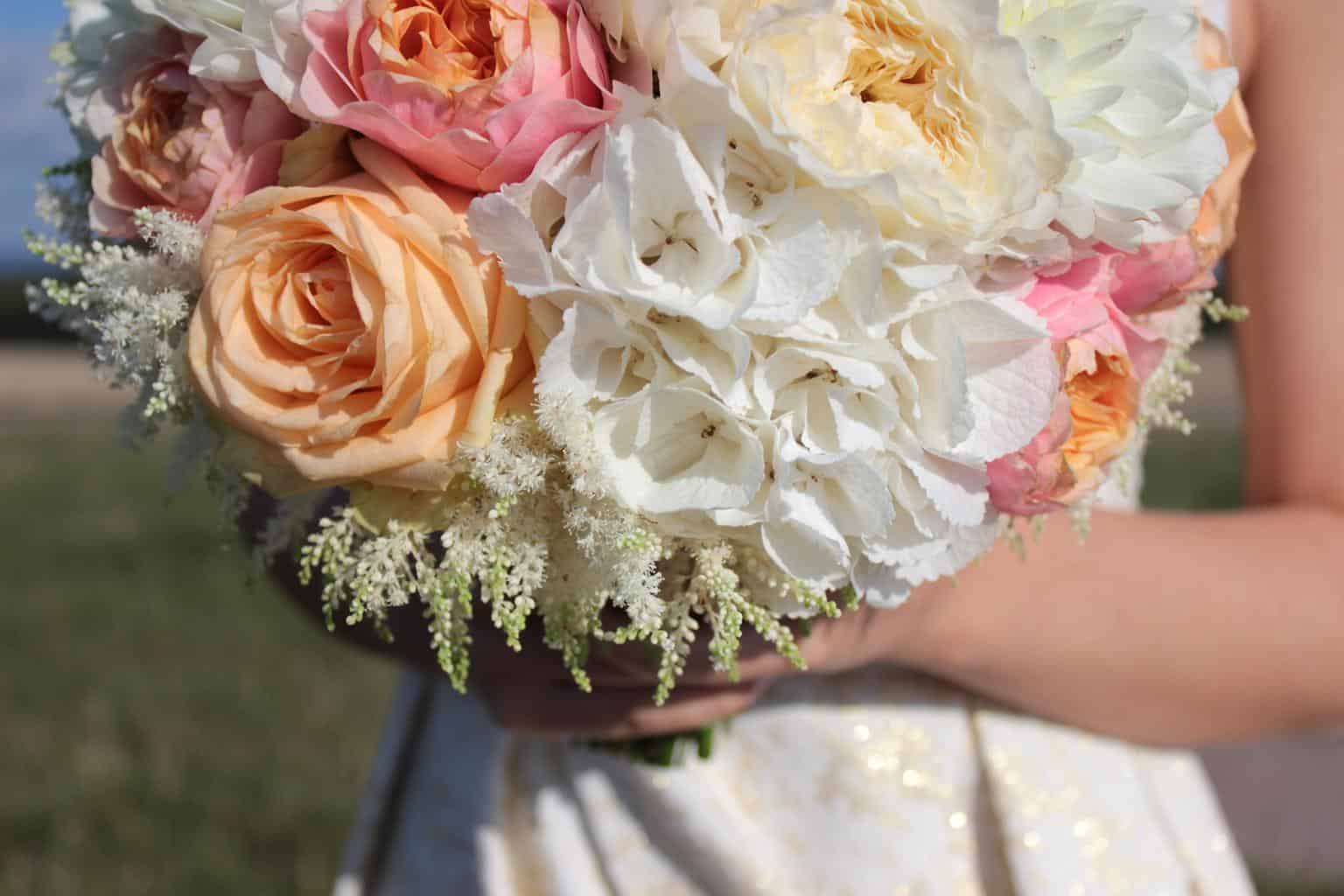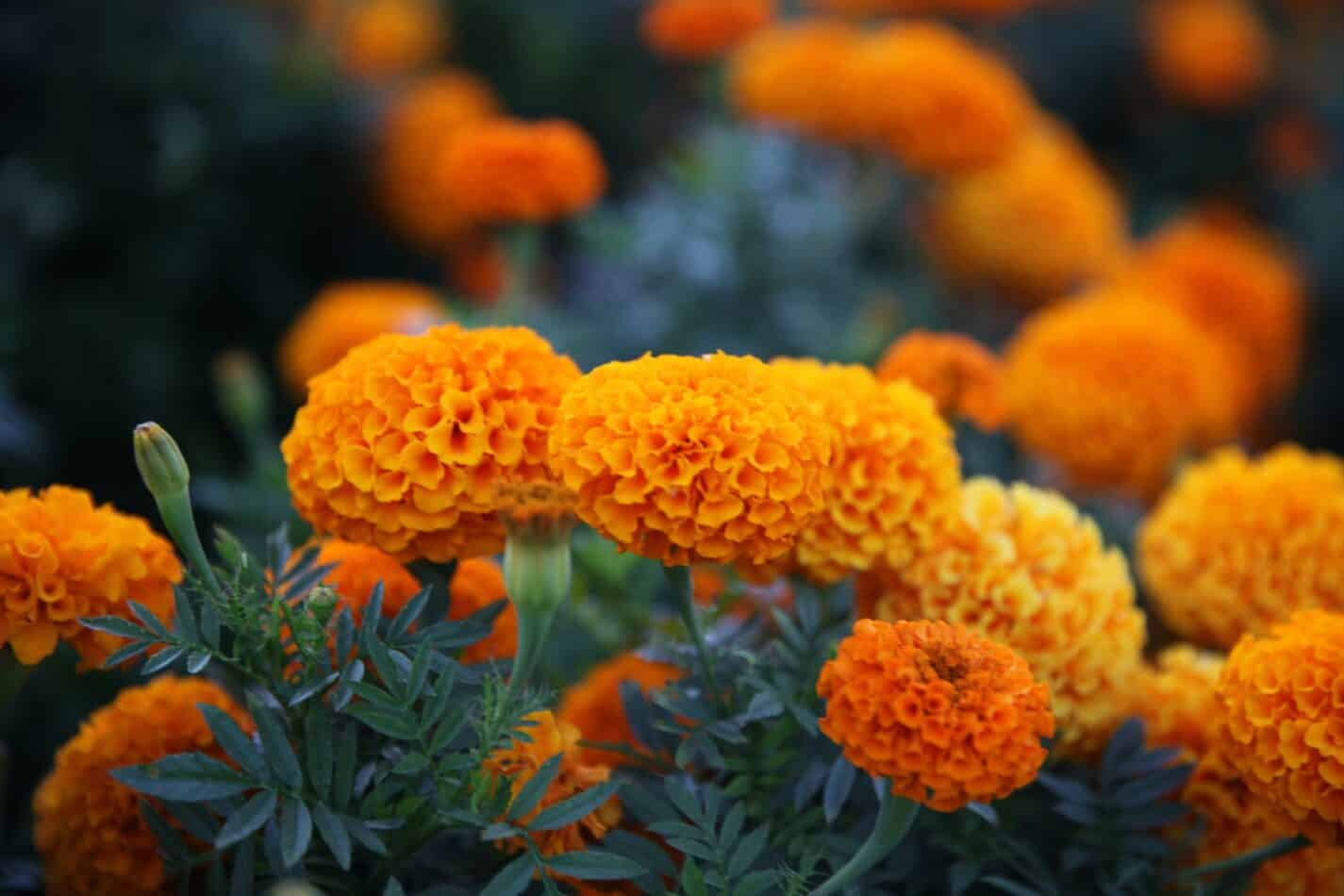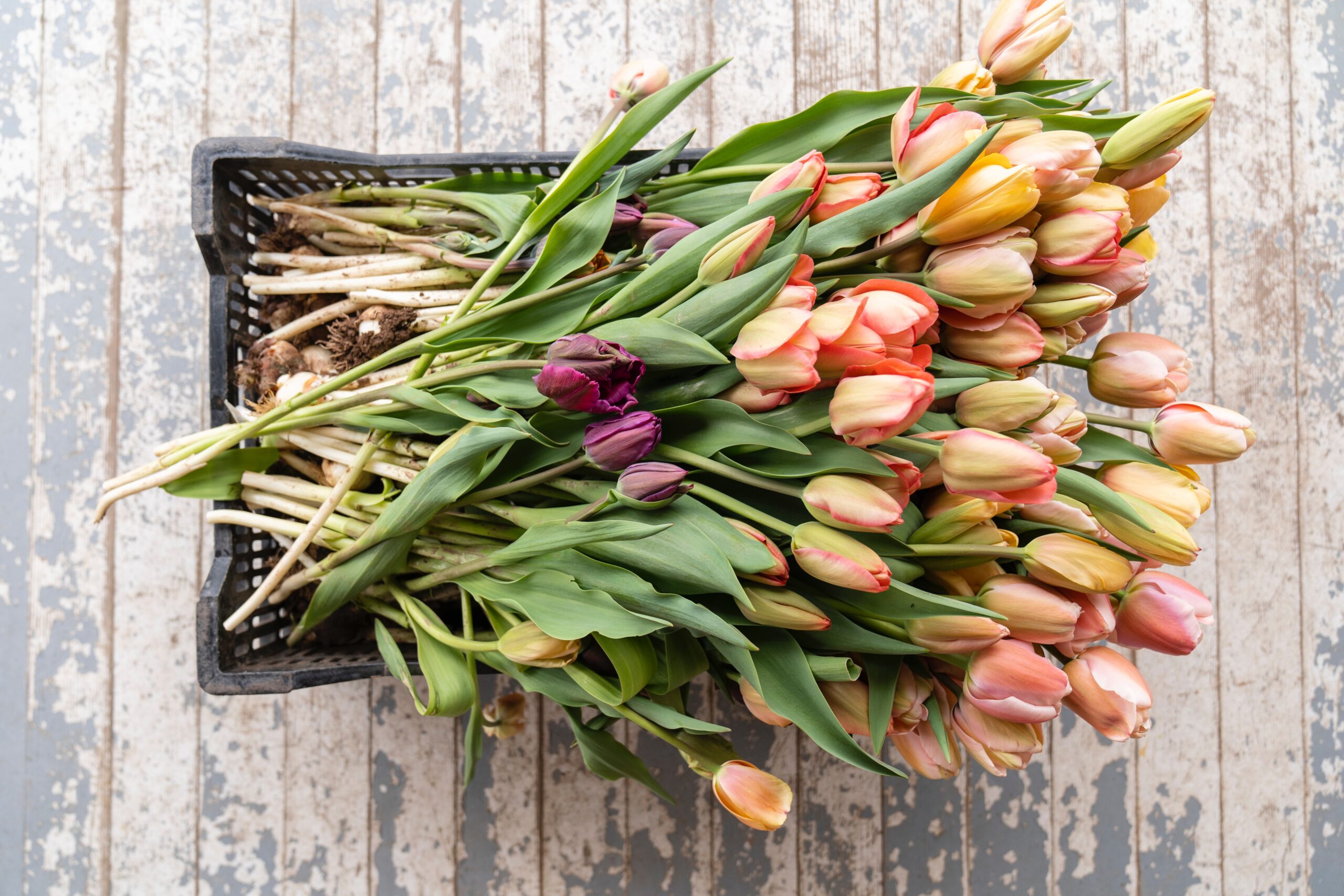The use of flowers in beauty products is a practice that has been passed down through generations and has a rich and fascinating history that spans thousands of years. From ancient civilizations to modern-day usage, people have been incorporating flowers into their beauty routines for their natural and safe properties, as well as their ability to provide a variety of benefits to the skin. Flowers have been used in perfumes, ointments, and other beauty products to enhance appearance and to soothe and heal the skin. In this article, we will delve into the history of the use of flowers in beauty products and explore the reasons why they remain a popular ingredient to this day.
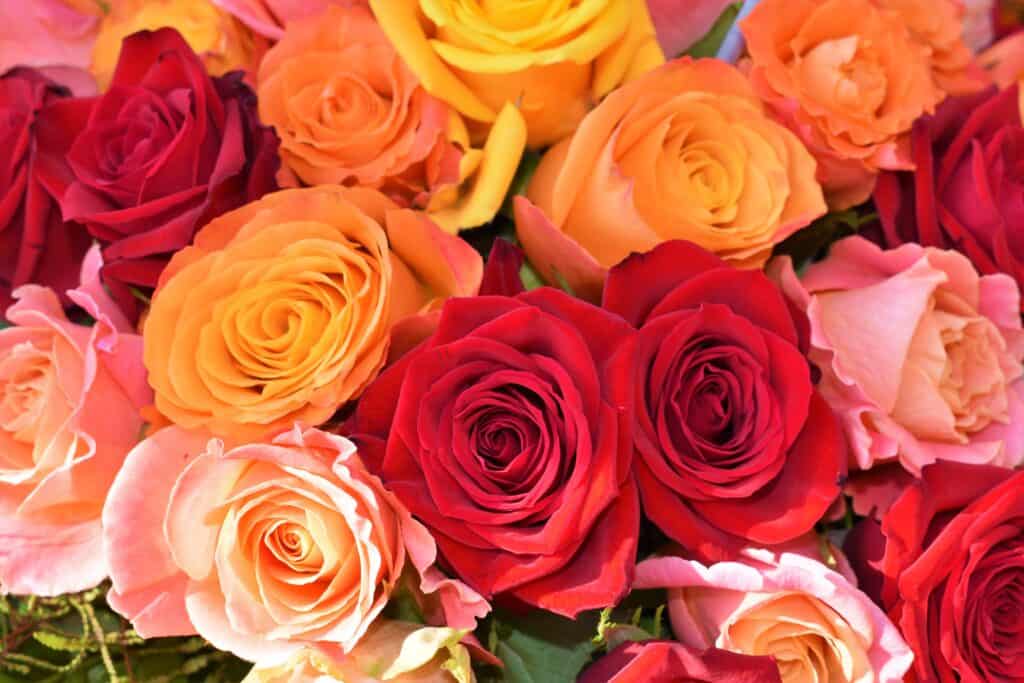
- Ancient civilizations: Flowers have been used in beauty products for thousands of years by ancient civilizations such as the Egyptians, Greeks, and Romans. They used flowers in perfumes, ointments, and other beauty products to enhance their appearance and to mask unpleasant odors. For example, the Egyptians used roses in their perfumes, while the Greeks and Romans used flowers in their skin-care routines to soothe and heal the skin.
- Middle Ages: During the Middle Ages, the use of flowers in beauty products became more widespread, and monasteries and convents played a significant role in the development of herbal remedies and beauty treatments. Flowers such as roses, lavender, and chamomile were commonly used in skin-care products and remedies for their soothing and healing properties.
- Modern-day usage: Today, the use of flowers in beauty products has become increasingly popular, and a wide range of products are available that contain flower extracts and oils. From face masks and toners to moisturizers and perfumes, flowers are widely used in a variety of beauty products to provide a range of benefits, including hydration, nourishment, and protection.
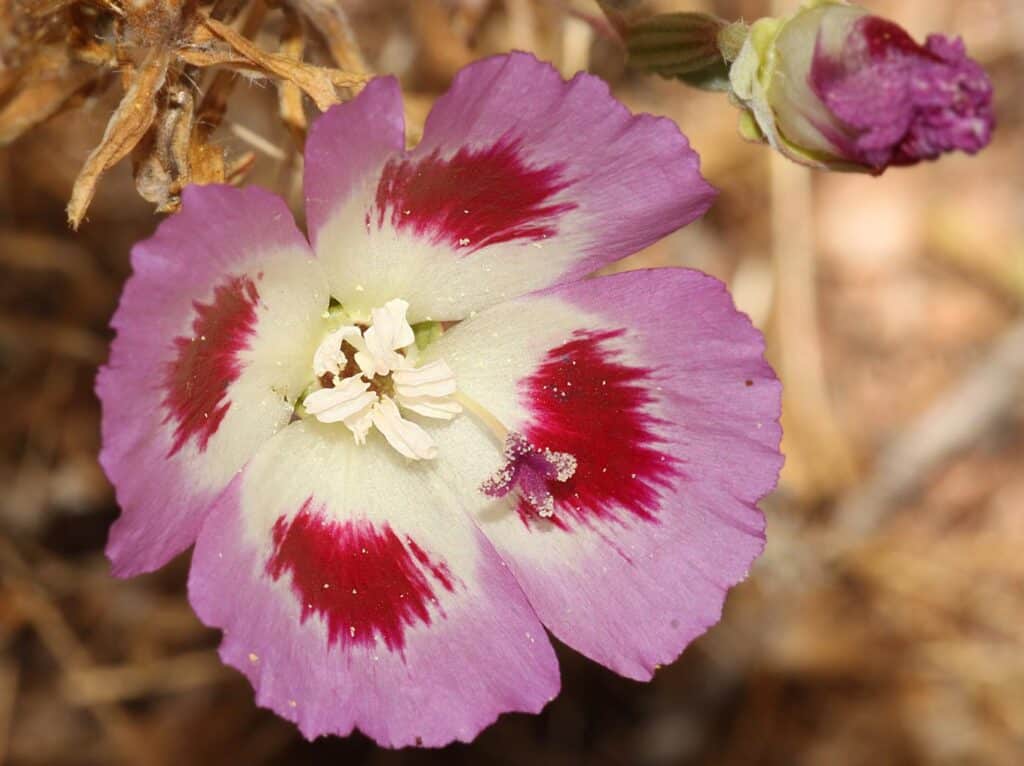
How to Make Beauty Products With Flowers
Making your own beauty products using flowers can be a rewarding and fulfilling experience that offers a variety of benefits for both your skin and your overall well-being. From natural and safe ingredients to cost-effectiveness, using flowers in your beauty routine has the potential to improve the look and feel of your skin while providing a sense of relaxation and self-care. Whether you use roses for their antioxidant properties or lavender for its calming scent, the options are endless. In this article, we will explore the benefits of using flowers to make your own beauty products and provide you with the knowledge and inspiration to create your own customized skincare routine.
Using flowers to make your own beauty products can offer several benefits, including:
- Natural and safe ingredients: Flowers are natural and safe ingredients that are free from harsh chemicals and synthetic preservatives that can cause skin irritation and other adverse reactions.
- Antioxidant and anti-inflammatory properties: Many flowers contain antioxidants and anti-inflammatory compounds that help soothe and protect the skin. For example, roses have a high content of vitamin C, which is known to brighten the skin and protect it from damaging free radicals. Lavender is also known for its soothing and calming effects, while chamomile is often used to treat skin conditions such as eczema and rosacea.
- Hydrating and nourishing: Flowers such as roses and lavender contain natural oils and nutrients that can hydrate and nourish the skin. These ingredients can help improve the skin’s texture and leave it feeling soft and smooth.
- Aromatherapy benefits: Flowers such as lavender and roses have a pleasant aroma that can have a relaxing and calming effect on the mind and body. When used in skincare products, these scents can help soothe the senses and provide a spa-like experience at home.
- Cost-effective: Making your own beauty products with flowers can be a cost-effective way to pamper yourself. Many of the ingredients can be found in your kitchen or at a local health food store, and they can be used to make a variety of products such as face masks, toners, and moisturizers.
Face Mask Recipe
Here is a simple and effective face mask recipe that uses flowers and other natural ingredients:
Ingredients:
- 2 tablespoons of dried roses
- 1 tablespoon of dried lavender
- 1 tablespoon of dried chamomile
- 1 tablespoon of honey
- 1 tablespoon of coconut oil
- 1 egg white
Instructions:
- Grind the dried roses, lavender, and chamomile into a fine powder using a blender or a mortar and pestle.
- In a mixing bowl, add the honey and coconut oil. Mix until well combined.
- Add the egg white and whisk until it forms soft peaks.
- Add the flower powder to the mixing bowl and stir until everything is well combined.
- Clean your face and apply the mask evenly, avoiding the eye area.
- Let it sit for about 15-20 minutes, or until the mask is dry.
- Rinse with warm water and gently pat your face dry with a clean towel.
This mask is suitable for all skin types, but be sure to patch test any new ingredients before using them on your face to check for any allergies. The honey and coconut oil help hydrate and nourish the skin, while the egg white tightens and brightens. The flowers contain antioxidants and anti-inflammatory properties that help soothe and calm the skin. This mask is a great way to pamper yourself and give your skin a natural boost!
Store Bought vs Home-Made
There are several differences between store-bought and homemade beauty products:
- Ingredients: Store-bought beauty products often contain synthetic ingredients, preservatives, and artificial fragrances that can cause skin irritation and other adverse reactions. On the other hand, homemade beauty products are made with natural ingredients such as flowers, fruits, and essential oils that are gentler on the skin and free from harsh chemicals.
- Customization: Store-bought beauty products are typically mass-produced and may not take into account individual skin types and concerns. With homemade beauty products, you have the flexibility to customize the ingredients and the amounts used to meet your specific skin needs and preferences.
- Cost: While store-bought beauty products can be expensive, making your own products using flowers and other natural ingredients can be a cost-effective alternative. In many cases, the ingredients can be purchased in bulk, which can result in a lower cost per product.
- Freshness: Store-bought beauty products can have a long shelf life, but this can result in a decrease in effectiveness over time. Homemade beauty products, on the other hand, can be made in small batches, which ensures that the ingredients are fresh and the product is effective.
In terms of whether it is worth it, it ultimately depends on individual preferences and priorities. Some people may prefer the convenience of store-bought products, while others may prefer the benefits of using natural ingredients and the satisfaction of creating their own products. If you are looking for a gentler, more natural approach to skincare, or if you want to save money and have control over the ingredients used, then making your own beauty products with flowers may be a good option for you.
How long Do Home-Made Beauty Products Last?
The shelf life of homemade beauty products can vary depending on the ingredients used and how they are stored. Here are some general guidelines:
- Face masks and scrubs: Homemade face masks and scrubs typically have a shorter shelf life of 1-2 weeks if stored in the refrigerator. It is important to note that some ingredients, such as raw honey or dairy products, can spoil more quickly and should be used immediately.
- Toners and serums: Homemade toners and serums can last for up to 4 weeks if stored in the refrigerator. To extend the shelf life, it is recommended to use preservatives, such as vitamin E oil or rosemary extract, in the recipe.
- Moisturizers: Homemade moisturizers can last for up to 6 months if stored in a cool, dry place away from direct sunlight. To extend the shelf life, it is recommended to use ingredients such as beeswax or shea butter, which act as natural preservatives.
In conclusion, the shelf life of homemade beauty products can vary, but proper storage can help extend their lifespan. It is important to note that if you notice any signs of spoilage, such as an unusual smell or texture, the product should be discarded and not used on the skin.
What we love from Amazon this week
Buy these wonderful flowers directly from Amazon:



